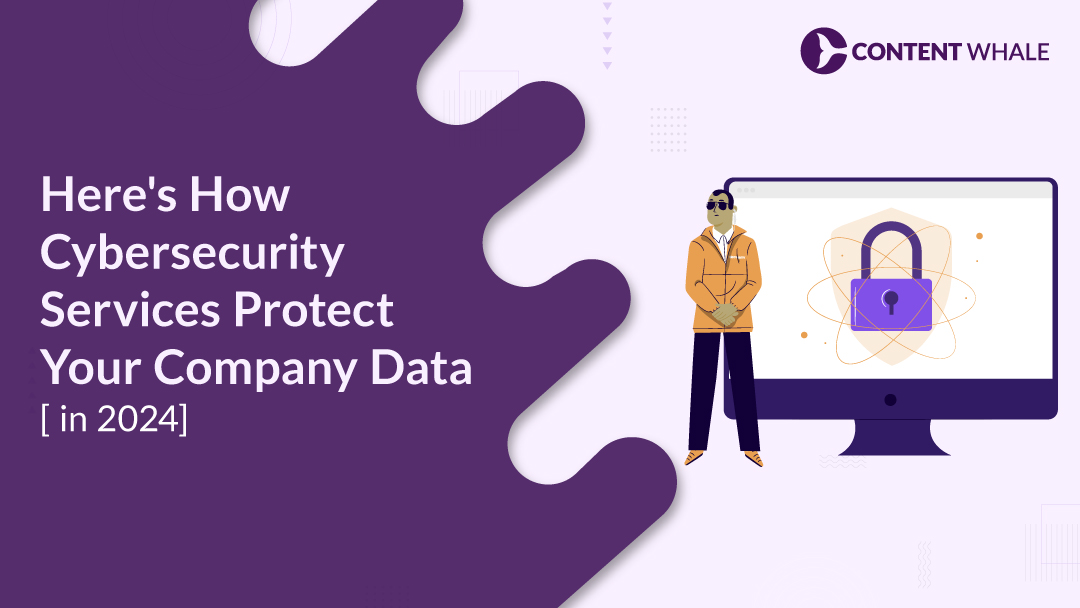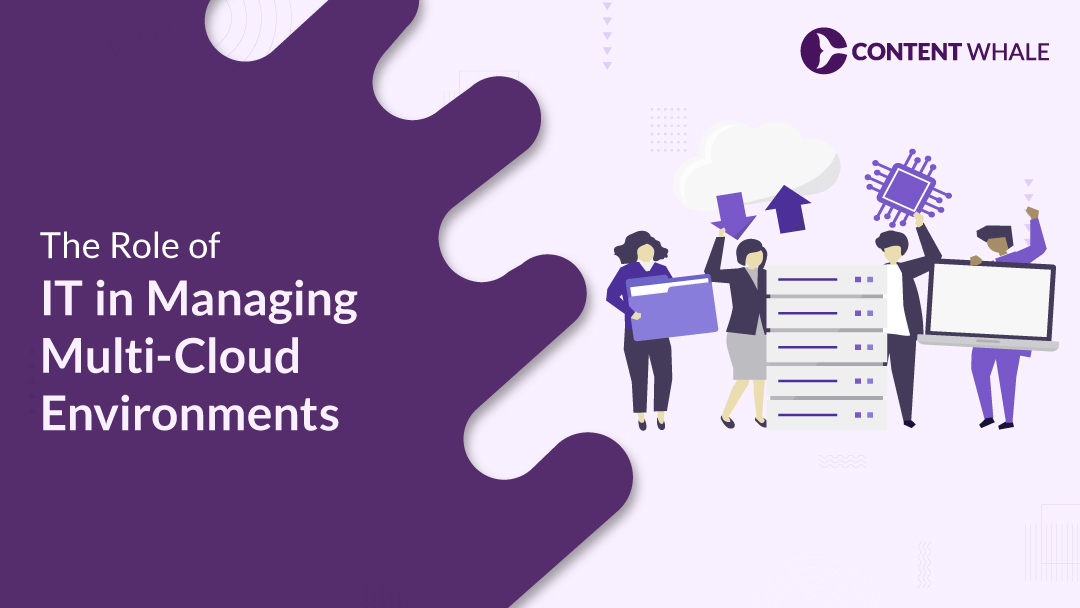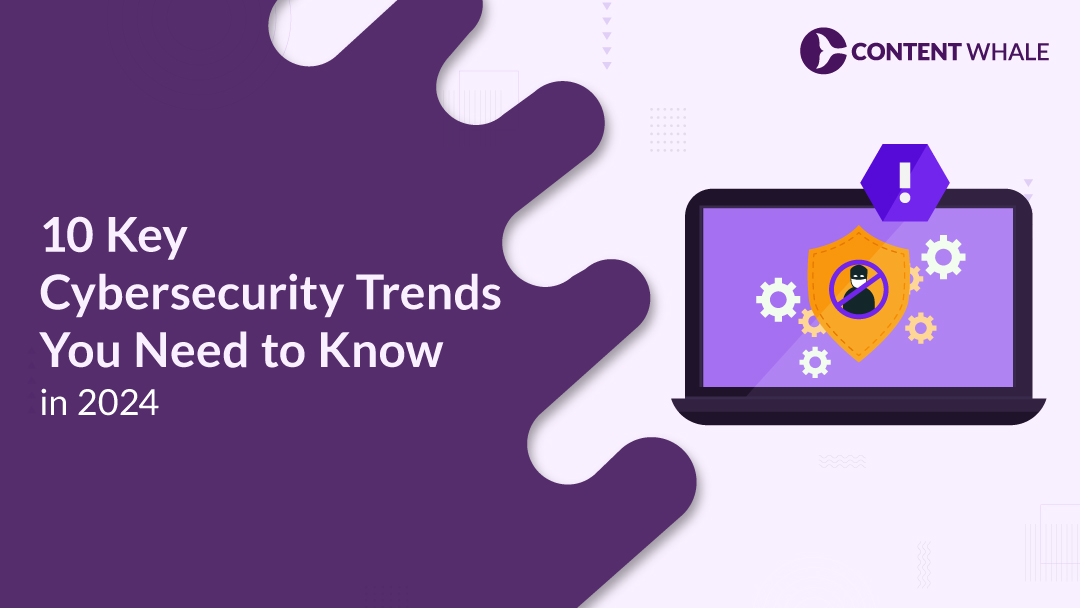Cyber threats have become more sophisticated in 2024, posing significant challenges for businesses worldwide. Cybersecurity services are essential for protecting sensitive company data against rising threats like AI cybersecurity risks and ransomware attacks.
With the right mix of data security solutions and advanced threat detection systems, companies can defend themselves against potential breaches. From ransomware defense to cloud security measures, the importance of staying ahead of these threats cannot be overstated.
This article explores how modern cybersecurity strategies provide data protection in 2024 and safeguard businesses from the most dangerous cyber threats today.
1. Major Cybersecurity Threats in 2024
Cybersecurity threats are becoming more advanced, with 2024 seeing a rise in AI-driven attacks and sophisticated ransomware tactics. Here are three significant threats businesses face today:
- AI-Driven Attacks: With the growing adoption of AI, new vulnerabilities have emerged. Hackers now exploit weaknesses in AI systems, such as AI cybersecurity risks like prompt injections and data poisoning, which can lead to manipulated outcomes and system failures.
- Ransomware-as-a-Service (RaaS): Cybercriminals are increasingly using ransomware defense tools that are available on the dark web for rent. This service model allows even those with limited technical skills to launch attacks, making ransomware prevention more challenging for businesses.
- Supply Chain Attacks: Attackers are targeting third-party vendors to infiltrate larger organizations, bypassing traditional cyberattack prevention methods. This type of attack can disrupt operations, compromise sensitive data, and affect business data protection.
| # | Threats | Causes |
| 1 | AI-Driven Attacks | Exploitation of AI vulnerabilities like prompt injection and data poisoning. |
| 2 | Ransomware-as-a-Service | Pre-built ransomware kits available for rent, increasing attack accessibility. |
| 3 | Supply Chain Attacks | Targeting third-party vendors to access larger organizations’ sensitive data. |
| 4 | Phishing Attacks | Social engineering tricks employees into revealing sensitive information. |
| 5 | Malware Infections | Use of malicious software to compromise systems or steal data. |
| 6 | Cloud Vulnerabilities | Weak security configurations or insufficient encryption in cloud services. |
| 7 | Insider Threats | Malicious or accidental actions by employees that result in data breaches or system damage. |
2. Key Cybersecurity Solutions in 2024
Businesses face a rapidly growing range of cyber threats, but modern cybersecurity services provide robust solutions to safeguard sensitive information. Below are some key strategies that will define data protection in 2024:
- AI and Machine Learning for Threat Detection: Companies are leveraging AI and machine learning to strengthen threat detection systems. Tools like Darktrace use AI to detect abnormal behavior within networks, providing faster responses to potential breaches. This helps mitigate AI cybersecurity risks by addressing vulnerabilities before they can be exploited.
- Ransomware Defense: The rise of ransomware-as-a-service has made ransomware a critical threat in 2024. Organizations are implementing multi-layered defenses, including endpoint security and ransomware prevention techniques like real-time monitoring and employee training, which helps minimize attack risks.
- Cloud Security: As more businesses shift operations to the cloud, strong cloud security measures are essential. Encryption, multi-factor authentication (MFA), and regular vulnerability assessments protect sensitive data stored in cloud environments from potential breaches.
- Zero-Trust Security Model: Adopting a zero-trust security model ensures that no device or user is automatically trusted. Every access request is verified, significantly reducing the risk of unauthorized access and reinforcing cyberattack prevention efforts.
| # | Cybersecurity Solutions | Description |
| 1 | AI-Powered Threat Detection | Uses machine learning algorithms to detect abnormal patterns and respond to threats in real-time. |
| 2 | Zero-Trust Security Model | Verifies every user and device before granting access, preventing unauthorized entry. |
| 3 | Multi-Factor Authentication (MFA) | Requires two or more verification methods, such as passwords, biometrics, or one-time codes. |
| 4 | Cloud Security Solutions | Includes encryption, continuous monitoring, and identity management for protecting cloud data. |
| 5 | Endpoint Security | Protects individual devices like laptops and mobile phones from malware and unauthorized access. |
3. Proactive Cybersecurity Strategies
Staying ahead of cyber threats requires businesses to adopt proactive measures. The following strategies help ensure data protection in 2024 and reduce the risks posed by AI cybersecurity risks and ransomware attacks.
- Regular Patching and Software Updates: Many cyberattacks exploit vulnerabilities in outdated software. Ensuring regular patching and updates for all systems can prevent attackers from using known weaknesses. Vulnerability scanning tools help detect outdated systems and prioritize updates.
- Multi-Factor Authentication (MFA): Using multi-factor authentication adds an extra layer of protection. Even if a hacker obtains login credentials, MFA requires additional verification methods such as biometrics or one-time passcodes, significantly reducing unauthorized access risks.
- Data Backups: Regular data backups play a vital role in ransomware defense. Having up-to-date backups allows businesses to recover data quickly without paying a ransom. Cloud-based secure backup solutions are particularly effective, enabling rapid recovery and disaster recovery planning.
- Employee Security Training: Human error remains a leading cause of breaches, particularly through phishing. Employee security training programs raise awareness of common attack methods, helping employees recognize phishing attempts and other threats like malware defense.
Conclusion
Effective cybersecurity services are essential to protecting businesses from the rising threats of 2024, including AI-driven cybersecurity risks and ransomware attacks. By adopting a proactive approach that includes ransomware defense, data protection, and strong cloud security measures, companies can stay ahead of cybercriminals.
Implementing solutions like multi-factor authentication, endpoint security, and the zero-trust security model ensures businesses remain resilient in the face of these threats.
Continuous employee security training and disaster recovery planning further bolster organizational defense, safeguarding sensitive information and ensuring business data protection in an increasingly digital world.
—
This blog is crafted by Content Whale, your trusted partner for high-impact, SEO-optimized content that delivers measurable results. If you’re looking to elevate your brand, boost your rankings, and outpace the competition, we’re here to help. Contact us today, and let’s create content that drives success and takes your business to the next level.
FAQs
1. What are the main cybersecurity threats to watch out for in 2024?
The most significant threats in 2024 include AI-driven cybersecurity risks, ransomware-as-a-service, and supply chain attacks. Businesses need advanced cybersecurity services like threat detection systems and data protection solutions to defend against these evolving risks.
2. How does AI help in detecting cyber threats?
AI enhances cybersecurity services by automating the detection of suspicious network activity through machine learning algorithms. These systems identify patterns, detect anomalies, and trigger faster responses, mitigating AI cybersecurity risks and strengthening overall network protection.
3. What is ransomware-as-a-service, and how can it affect my business?
Ransomware-as-a-Service (RaaS) allows cybercriminals to rent pre-built ransomware tools. This means businesses face a higher likelihood of attacks, making ransomware defense critical. A solid disaster recovery plan and secure backup solutions help minimize the impact of these attacks.
4. How do cybersecurity services enhance cloud security?
Modern cybersecurity services provide essential cloud security measures, such as encryption services, multi-factor authentication, and continuous monitoring. These solutions help protect sensitive data stored in the cloud, ensuring compliance with data protection regulations.
5. What is a zero-trust security model, and why is it important?
The zero-trust security model assumes that no device or user is automatically trusted, even within the network. Every access request undergoes strict verification, helping to prevent unauthorized access and reinforcing cyberattack prevention strategies.





